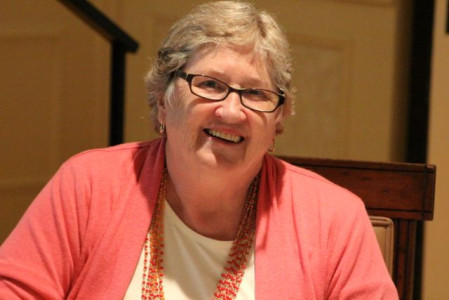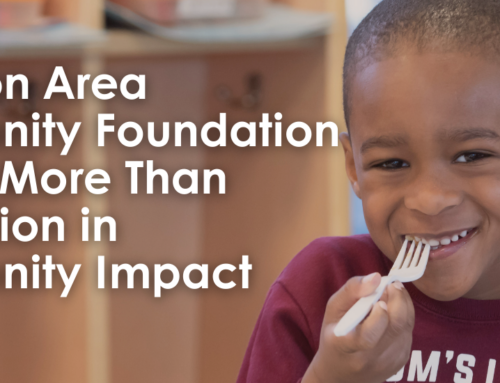For years, the nonprofit sector has been in a state of flux. Funding resources have shifted, areas of investment recalibrated, and market demands—the needs of the community served by the sector—are constantly changing.
But, for many organizations, one thing has remained constant: The way nonprofits do business. And that’s not necessarily a good thing, says one industry expert.

“We need to find ways to shake up the infrastructure of the nonprofit community—I don’t think the stars have shined on the sector in the way they have for the private sector.” — Judy Alnes, executive director of MAP for Nonprofits,
“We need to find ways to shake up the infrastructure of the nonprofit community—I don’t think the stars have shined on the sector in the way they have for the private sector,” said Judy Alnes, executive director of MAP for Nonprofits, a St. Paul, Minn.-based nonprofit consulting and training organization. MAP provides accounting, technology, legal, and strategic services, including business planning, realignment, leadership development, board development and training.
Alnes spoke recently in Lawrenceville at a professional seminar, “Working Well Together: Collaboration, Partnerships and Mergers,” sponsored by the Community Foundation and Borden Perlman Salisbury & Kelly, a Lawrenceville-based insurance provider.
Alnes outlined the factors that necessitate nonprofit “realignments”—a term she pointedly noted was not a euphemism for consolidation or phase-out. Rather, she said, many organizations would benefit the most from seeking collaboration on programmatic and administrative functions; an action that has gained appeal among funders that require increased accountability, evaluation and effectiveness.
“Running a nonprofit isn’t like falling off a bike anymore,” Alnes said, noting you can’t just jump back on. “It’s a very savvy business to be in and it helps to have access to a savvy back office.”
But with much of the discussion in the nonprofit sector focusing on mergers or broadened scope, Alnes said, the problem often sits with an organization moving far away from its core mission. “A lot of us have been enticed by driving a program past the mission phase, but it is not consistent with what we do.
“This isn’t about always merging or broadening scope,” she added. “It’s about finding ways to restructure and realign the nonprofit sector so that it can maximize the kind of work that it does.”
In 2007, immediately prior to the Great Recession, MAP began to identify ways to “shake up” the infrastructure of the local nonprofit community in Minneapolis— known for its robust nonprofit sector and heavy emphasis on community development—so that it could be more powerful, successful, and financially stable.
“Our sector was becoming more fragmented and less unified in its efforts to move the needle on many community issues,” Alnes said.
To date, MAP has helped more than 200 organizations explore realignment; the effort has resulted in 90 realignments. This work, Alnes noted, has largely been the result of financial necessity in the aftermath of the recession, but also because of a second challenge: to meet an increased need for service from hard-hit communities.
According to the Nonprofit Finance Fund’s 2014 State of the Sector survey, 80 percent of responding organizations reported an increased demand for services, illustrating the need to offer more services while having to build new, efficient systems and ways to solve problems.
Successful realignments, Alnes said, have taken several forms, including:
- Collaboration. Partnering with other organizations for mutually beneficial results.
- Administrative Consolidation. Sharing, exchanging or contracting administrative functions to increase efficiency. This can result in expense savings, professionalization of processes and co-location.
- Parent Subsidies. Finding an umbrella organization that can keep the visibility of the subsidiary while providing a stable safety net.
- Joint Ventures. Organizations can pursue this route to take advantage of shared governance, reduce costs, eliminate duplication and achieve economies of scale.
- Mergers/Acquisitions. “This is where you can get the most bang for your buck,” Alnes noted. This is used best when there is a small nonprofit looking to build power and influence as it grows to scale and broadens its geographical reach.
The bottom line: Organizations should undergo regular self-evaluation to ensure the stated mission is being met. This, Alnes said, requires “Curious board members and curious leaders who constantly ask how to move the needle.
“We have moved away from the time of hunkering down to preserve our own existence,” she concluded.
For more information about MAP, visit www.mapfornonprofits.org .





